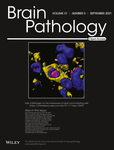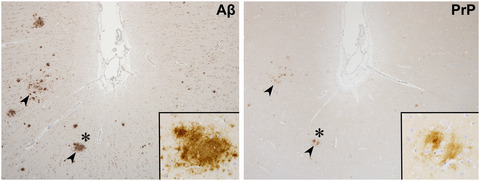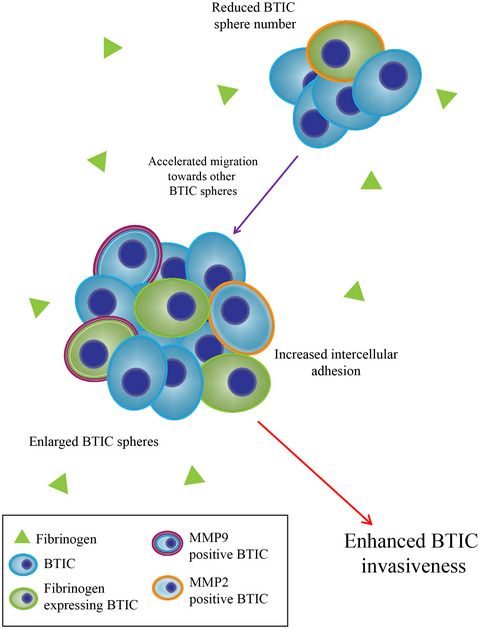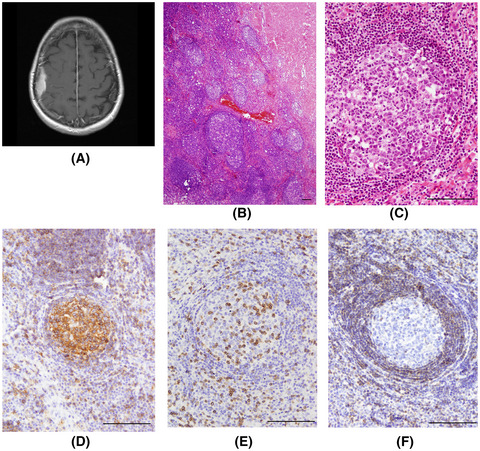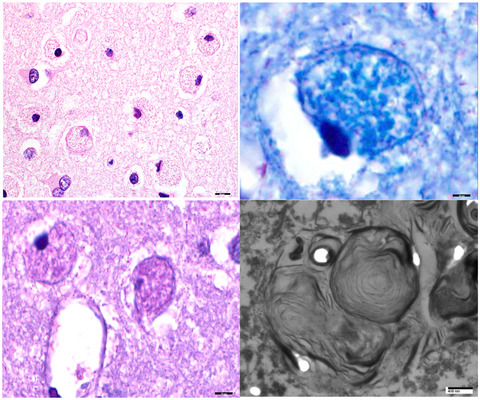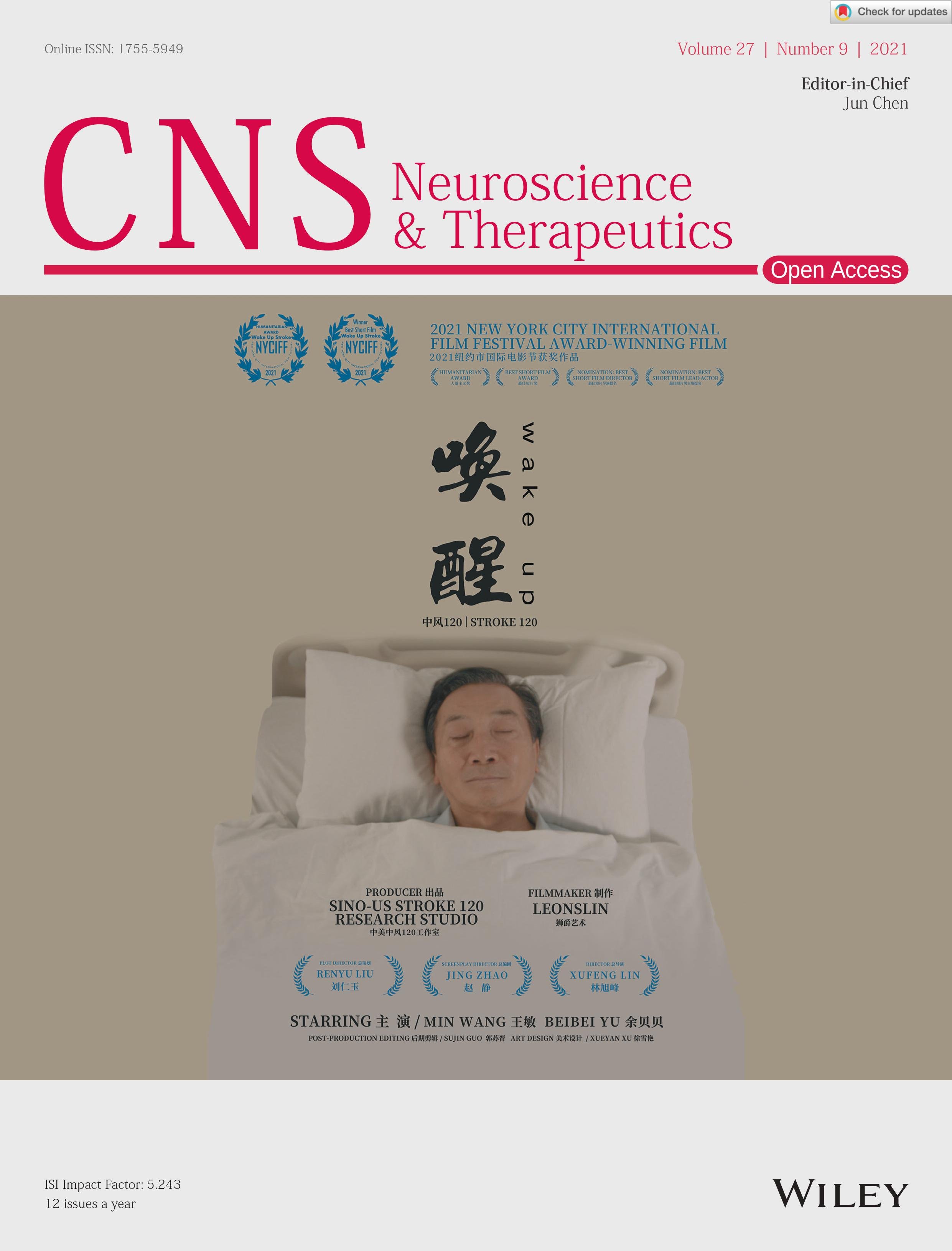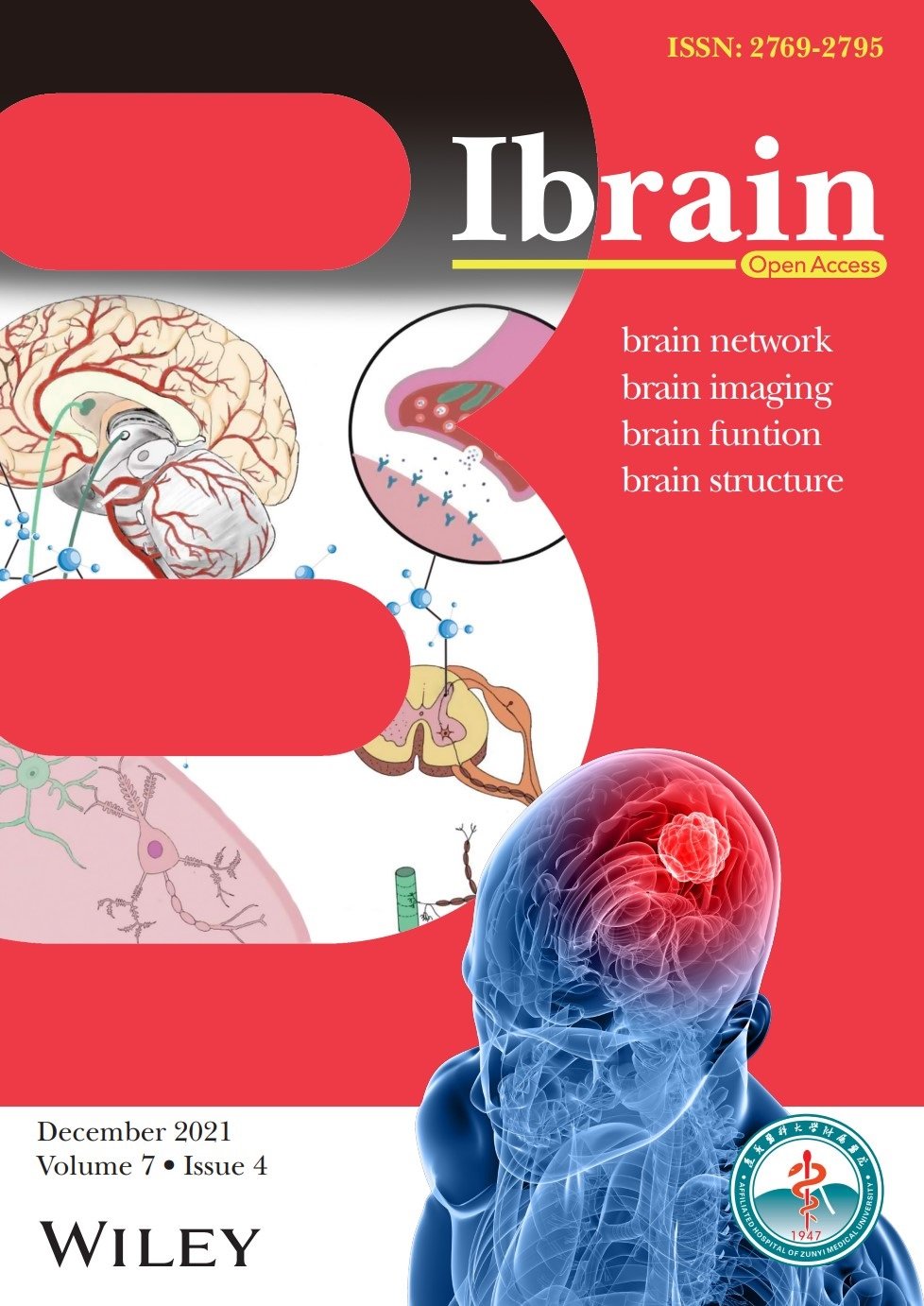Journal list menu
Export Citations
Download PDFs
ISSUE INFORMATION
RESEARCH ARTICLES
Reconstituting neurovascular unit with primary neural stem cells and brain microvascular endothelial cells in three-dimensional matrix
- First Published: 12 February 2021
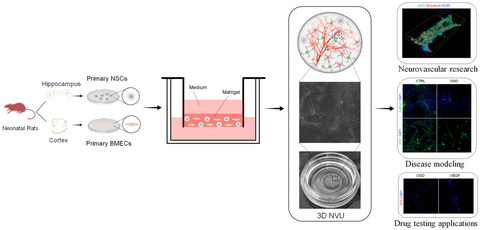
The proposed 3D NVU model provides a valuable platform and precise spatiotemporal control for neurogenesis and angiogenesis research and the investigation of brain functions, which rely on interactions among brain cells, drug screening studies as a therapeutic strategy, and clinical applications (e.g., in the case of degenerative disease).
Accumulation of cellular prion protein within β-amyloid oligomer plaques in aged human brains
- First Published: 23 February 2021
Region-specific preservation of Purkinje cell morphology and motor behavior in the ATXN1[82Q] mouse model of spinocerebellar ataxia 1
- First Published: 16 March 2021
![Region-specific preservation of Purkinje cell morphology and motor behavior in the ATXN1[82Q] mouse model of spinocerebellar ataxia 1](/cms/asset/94fd4081-8d30-492c-9173-e67766b57472/bpa12946-toc-0001-m.jpg)
Although most Purkinje cells throughout the cerebellar cortex in the ATXN1[82Q] mouse model of spinocerebellar ataxia type 1 are atrophied, specific regions of the cerebellar cortex are spared. While mutant mice feature locomotor deficits, the region-specific sparing of Purkinje cells is correlated with the relative sparing of cerebellar behaviors associated with these spared regions. These results show that region-specific sparing of Purkinje cells is sufficient to spare cerebellar behaviors in the context of an otherwise unhealthy cerebellum.
Serpin neuropathology in the P497S UBQLN2 mouse model of ALS/FTD
- First Published: 29 March 2021
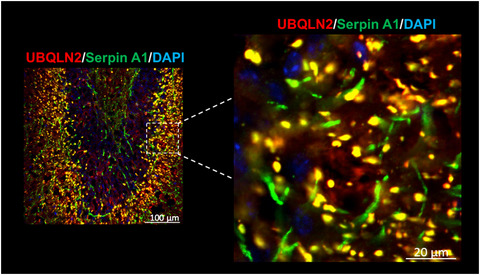
We found aberrant accumulation and co-aggregation of serpin proteins, particularly Serpin A1, with UBQLN2 inclusions in the brain and spinal cord of the P497S UBQLN2 mouse model of ALS/FTD. Similar aggregation of serpin proteins was found in UBQLN2 knockout cells suggesting serpin aggregation may stem from a loss of UBQLN2 function. Serpin aggregation is known to cause disease through both gain- and loss-of-function mechanisms, and we speculate that their accumulation in P497S mice may contribute to disease pathogenesis through similar mechanisms.
Reduction in miR-219 expression underlies cellular pathogenesis of oligodendrocytes in a mouse model of Krabbe disease
- First Published: 06 April 2021
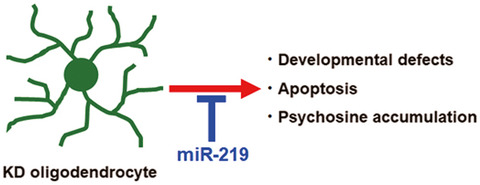
Krabbe disease (KD), or globoid cell leukodystrophy, is an autosomal recessive lysosomal storage disease with progressive demyelination and apoptotic OL death. In this study, we found that the expression and functional activity of miR-219 are repressed in oligodendrocytes (OLs) of twitcher mice, an authentic mouse model of KD, and that cellular pathological changes in twitcher OLs are rescued by exogenous supplementation with miR-219.
Diverse changes in microglia morphology and axonal pathology during the course of 1 year after mild traumatic brain injury in pigs
- First Published: 07 May 2021
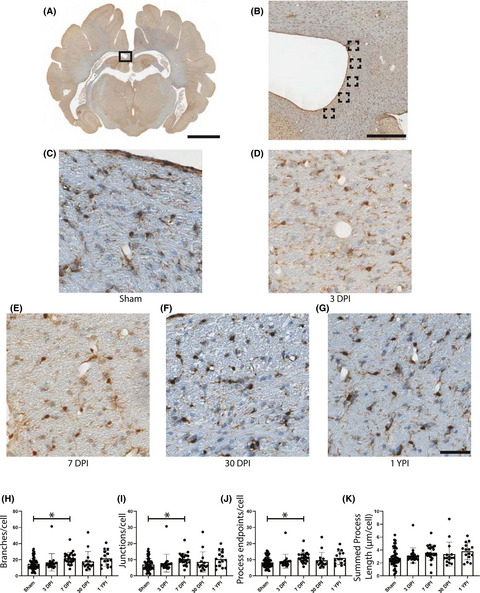
In this study, pigs were subjected to mild TBI by rapid head rotation and neuropathologically assessed for axonal pathology, microglial morphological changes, and astrocyte reactivity out to one year post injury. We detected acute changes in axonal pathology, particularly in the periventricular white matter and fimbria/fornix, as well as changes to microglia morphology in the periventricular white matter and hippocampal subfields out to one year post injury. These ongoing morphological alterations suggest persistent changes in neuroimmune homeostasis after a single mild TBI.
COVID-19-related neuropathology and microglial activation in elderly with and without dementia
- First Published: 18 June 2021
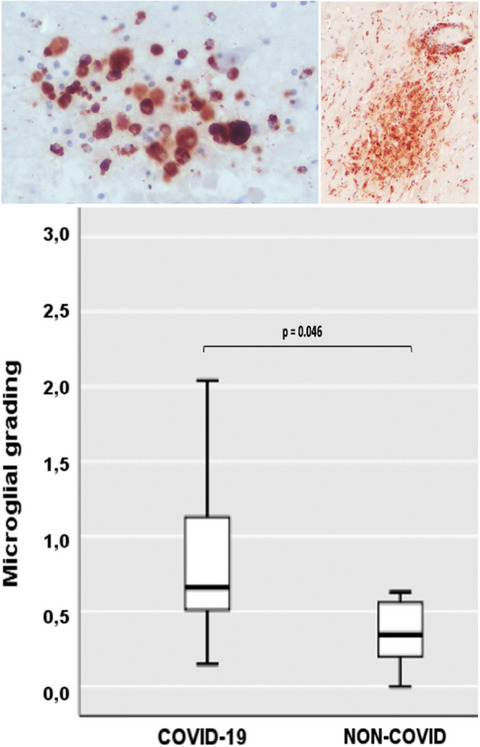
The neuropathological alterations strictly attributable to SARS-CoV-2 infection are overall modest, predominantly caused by innate immunity activation, without evidence of SARS-CoV-2-specific encephalitis. All COVID-19 cases presented remarkable activation of ameboid CD68-positive microglia, forming perivascular infiltrates and parenchymal nodules, mostly in the brainstem. Although higher in cases with both Alzheimer's pathology and COVID-19, cortical neuroinflammation is not related to COVID-19 per se but mostly to pre-existing neurodegeneration. Cases with dementia appear more prone to a strong microglial response causing delirium.
Fibrinogen in the glioblastoma microenvironment contributes to the invasiveness of brain tumor-initiating cells
- First Published: 10 March 2021
Upregulation of the pathogenic transcription factor SPI1/PU.1 in tuberous sclerosis complex and focal cortical dysplasia by oxidative stress
- First Published: 30 March 2021
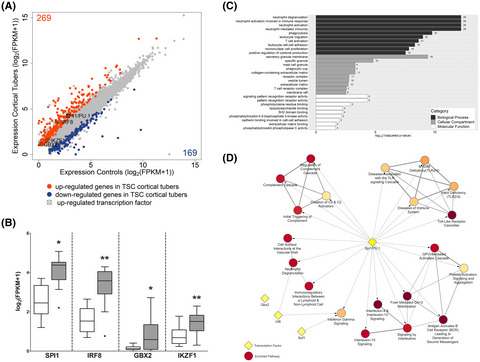
Using RNA sequencing data from surgically resected tubers from tuberous sclerosis complex (TSC) patients and tissue from a tsc2−/− zebrafish knockout model we identified the transcription factor SPI1/PU.1 to be upregulated and its targets to be enriched among the differentially expressed genes. Furthermore, we validated these findings in a separate cohort of TSC as well as in the histopathologically similar focal cortical dysplasia (FCD) type 2b, in fetal TSC tissue and an experimental TSC model on the RNA and protein levels. We identified SPI1/PU.1 as a novel transcription factor involved in the pro-inflammatory gene expression of malformed cells in TSC and FCD 2b and found in vitro evidence for its regulation by oxidative stress.
Histopathological patterns in atypical teratoid/rhabdoid tumors are related to molecular subgroup
- First Published: 03 May 2021
LETTER TO THE EDITOR
Progression of phosphorylated α-synuclein in Macaca fuscata
- First Published: 22 March 2021
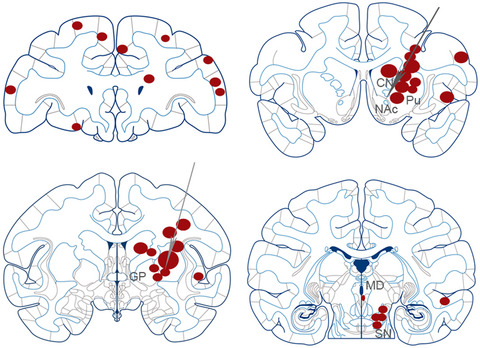
We investigated the pathological consequences of intracerebral injection of synthetic human α-syn fibrils in Macaca fuscata. Immunohistochemical examination with α-syn epitope-specific antibodies revealed α-syn-positive neuronal intracytoplasmic inclusions and neurites in the injection site and related regions. Our results strongly indicate progression of α-syn pathology via axonal connections through synaptically coupled networks.
COMMENTARY
Astrocytes for brain repair: More than just a neuron’s sidekick
- First Published: 01 July 2021
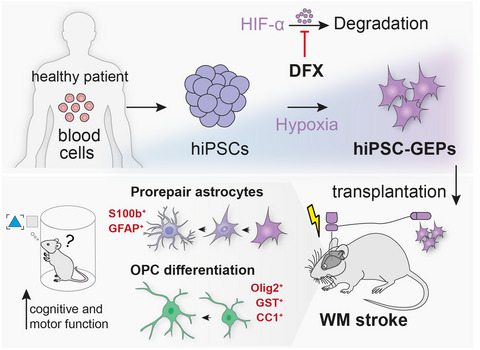
Glial enriched progenitors promote functional recovery after white matter stroke. Induced pluripotent stem cells are generated from patient-derived cells. These cells are differentiated toward a glial enriched progenitor (GEP) phenotype by activation of HIF. Transplantation of GEP promotes myelin repair and improves cognitive and motor function.




